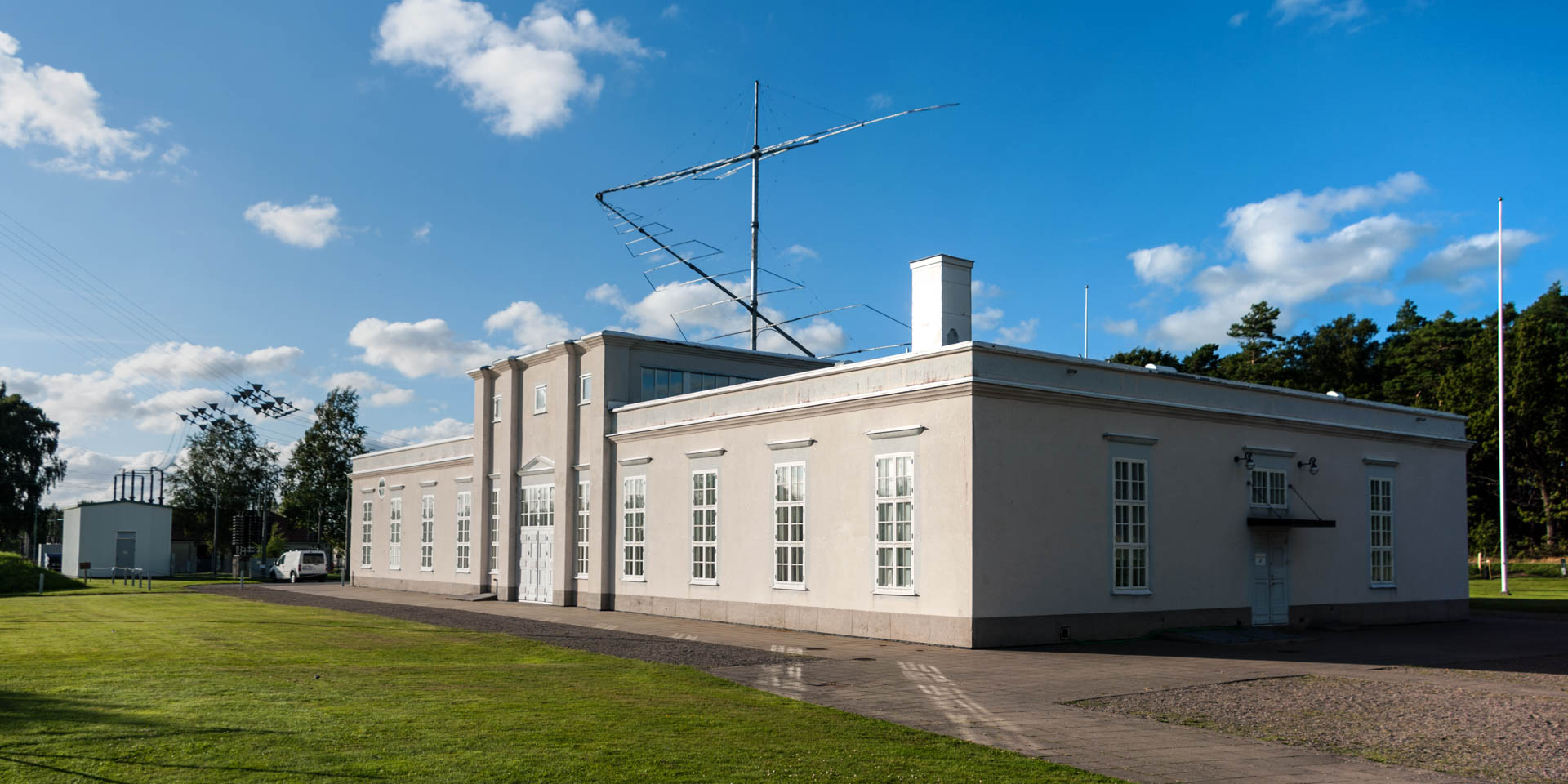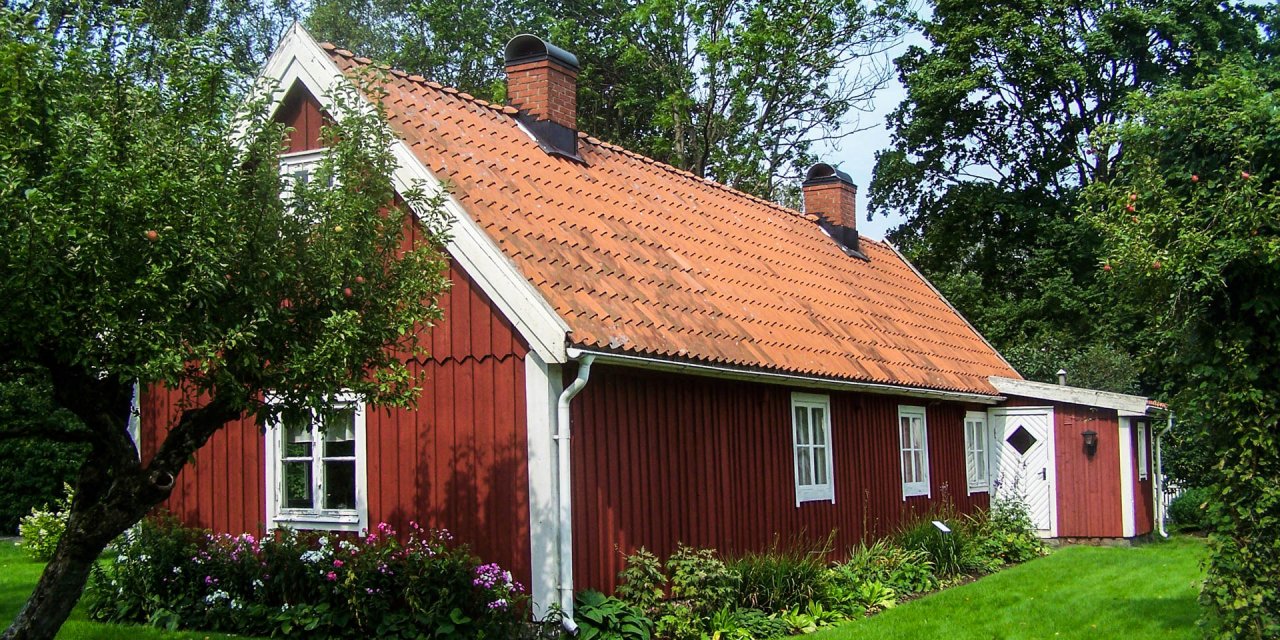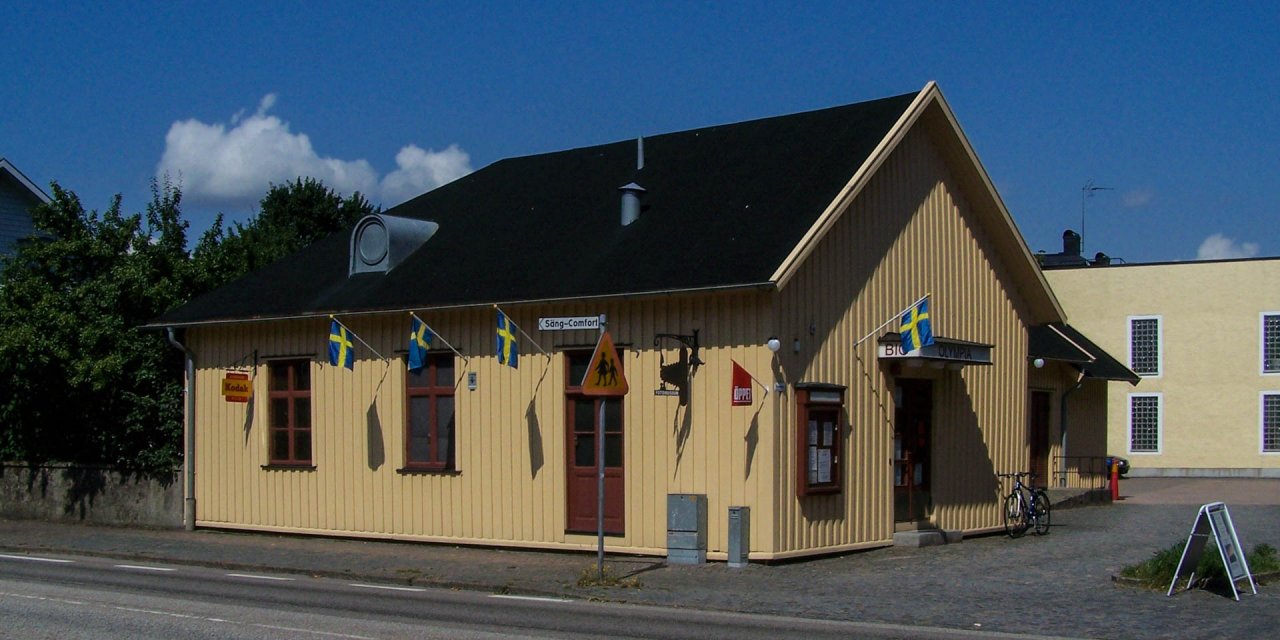

Grimeton Radiostation
Historical radio station in Grimeton
One of the most important industrial monuments in Sweden is the historical transmitter Grimeton Radiostation near the small village Grimeton, about ten kilometres east of Varberg.
Grimeton Radiostation, which went into operation in 1924, has been a UNESCO World Heritage Site since 2004. The entire radio station is in perfect technical condition, is fully functional and has the world's only functioning machine transmitter that generates the carrier frequency for the radio signal. This is transmitted via a huge antenna system consisting of a total of twelve copper wires, each 2.2 kilometres long, suspended from a series of six steel masts, each 127 metres high.
Several times a year, including Christmas and Open Day, Grimeton Radiostation is put into operation for demonstration purposes and sends a short Morse message into the airwaves. The system with the international callsign SAQ is a long-wave transmitter with a frequency of 17.2 kHz which was used for the transatlantic transmission of wireless telegrams until the end of the Second World War.
Grimeton Radiostation in service
The receiving station for messages sent from Grimeton was Radio Central on Long Island, New York and the receiving station for messages from the USA was in Kungsbacka, about 60 kilometres north of Grimeton. At that time the telegrams were given up at the telegraph office in Göteborg, from where the Morse signals were transmitted by cable to Grimeton and from there automatically as a radio signal.
Due to technical developments after the Second World War, wireless communication was gradually converted to short-wave technology and the use of long-wave transmitters came to a standstill. From the former worldwide network of nine identical longitudinal wave transmitters, Grimeton was the only one to be preserved.
The use of Grimeton today
But also in Grimeton the short wave technique moved in parallel to the old long wave transmitter. Currently, the Swedish Maritime Authority and some private providers are sending short waves from Grimeton and are contributing to the maintenance of the entire system with their rental payments. The fact that the old long wave transmitter has survived to this day is basically due to the Swedish Navy, which used the coastal transmitter until 1995 to communicate with its submarines in the North Sea. Since radio signals in this low frequency range can penetrate the salt water up to several meters of water depth, a radio communication was possible in this way also with submerged boats.
After the Navy gave up the station, the radio station in Grimeton was declared a monument of national importance in 1996. Since the beginning of the millennium, the facility has also been an anchor point of the European Route for Industrial Heritage.
Visit Grimeton
Grimeton Radiostation is open to the public and can be visited during guided tours. The history of the transmitter as well as the technical details and functions of the individual units are explained. The two-hour guided tours are offered from May to September and take place up to four times a day during the high season from June to August. Guided tours for groups can also be booked outside the regular opening hours.
The starting point for the visits is the World Heritage Site Visitor Centre. There you can watch a film about the broadcasting station and an exhibition on the subject of communication or take a break in the café.
Further visitor information
The entire facility is at ground level and easily accessible for wheelchairs. The path from the car park to the visitor centre has a gravel surface and the paths between the individual buildings of the radio station are covered with stone slabs. In the visitor centre and inside the transmitting station there is a toilet for handicapped people. With the exception of assistance dogs, pets are not allowed in the facility.
Grimeton Radiostation: Opening hours
Opening hours
Saturday – Sunday: 10:00 – 15:00
Monday – Sunday: 10:00 – 17:00
Saturday – Sunday: 10:00 – 15:00
Last update: 06/2022 | Errors and omissions excepted.



